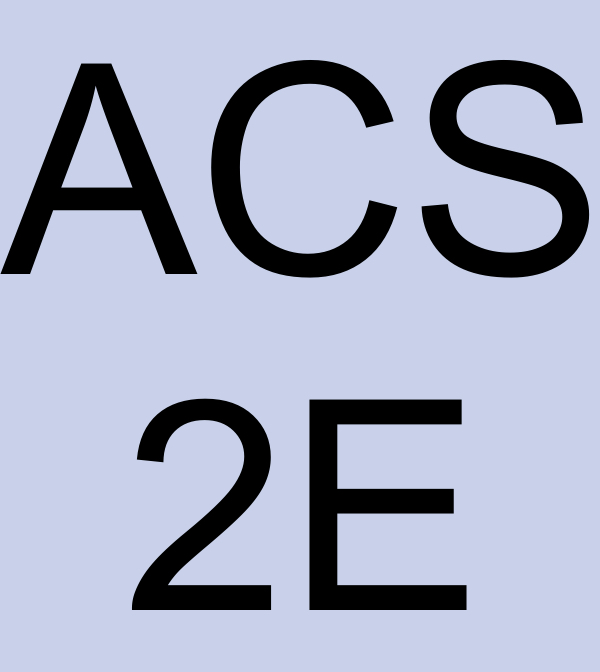Activity 8.5.3.
In this activity we determine the Taylor series expansion for \(\sin(x)\) in a different way and then also find the Taylor series for \(\arctan(x)\text{.}\)
(a)
To find the Taylor series for \(\sin(x)\) without using the definition, we consider the function \(f(x) = \cos(x)\) and recall that \(f'(x) = -\sin(x)\text{.}\) Then we use the Power Series Differentiation Theorem on the known series for \(f(x) = \cos(x)\) to find the Taylor series for \(f'(x) = -\sin(x)\text{.}\)
(i)
Consider \(f(x) = \cos(x)\) and recall that its Taylor series in sigma notation is
\begin{equation*}
f(x) = \cos(x) = \sum_{k=0}^{\infty} (-1)^{k} \frac{x^{2k}}{(2k)!}\text{.}
\end{equation*}
Write out the first four nonzero terms of the Taylor series in expanded form.
(ii)
Using the expanded form of the Taylor series for \(f(x) = \cos(x)\text{,}\) apply the Power Series Differentiation Theorem to find the Taylor series for \(f'(x) = -\sin(x)\) in expanded form, being sure to simplify each constant coefficient in the expansion. Show the first three nonzero terms.
(iii)
Now recall the series expansion of \(\cos(x)\) in sigma notation. What is the derivative of the general term of the series,
\begin{equation*}
\frac{d}{dx}\left[ (-1)^{k} \frac{x^{2k}}{(2k)!} \right]\text{,}
\end{equation*}
in its most simplified form?
(iv)
Finally, state the Taylor series for \(f'(x) = -\sin(x)\) in sigma notation. Be sure to decide whether the series should be indexed starting with \(k = 0\) or \(k = 1\) and to justify your choice.
(v)
How can you now use your work in part (iv) to find the Taylor series for \(\sin(x)\text{?}\)
(b)
Consider the function \(g(x) = \arctan(x)\text{.}\)
(i)
What is \(g'(x)\text{?}\)
(ii)
Recall that in Preview Activity 8.5.1, we found the Taylor series expansion for
\begin{equation*}
f(x) = \frac{1}{1+x^2}\text{.}
\end{equation*}
State the Taylor series for \(f(x)\) that you found in the preview activity.
(iii)
Explain why we can think of \(g(x)\) as being given by
\begin{equation*}
g(x) = \int_0^x f(u) \, du\text{.}
\end{equation*}
Use this relationship to find a power series expansion for \(g(x)\text{.}\)
(iv)
For what interval of \(x\)-values is the Taylor series for \(g(x) = \arctan(x)\) guaranteed to converge?

